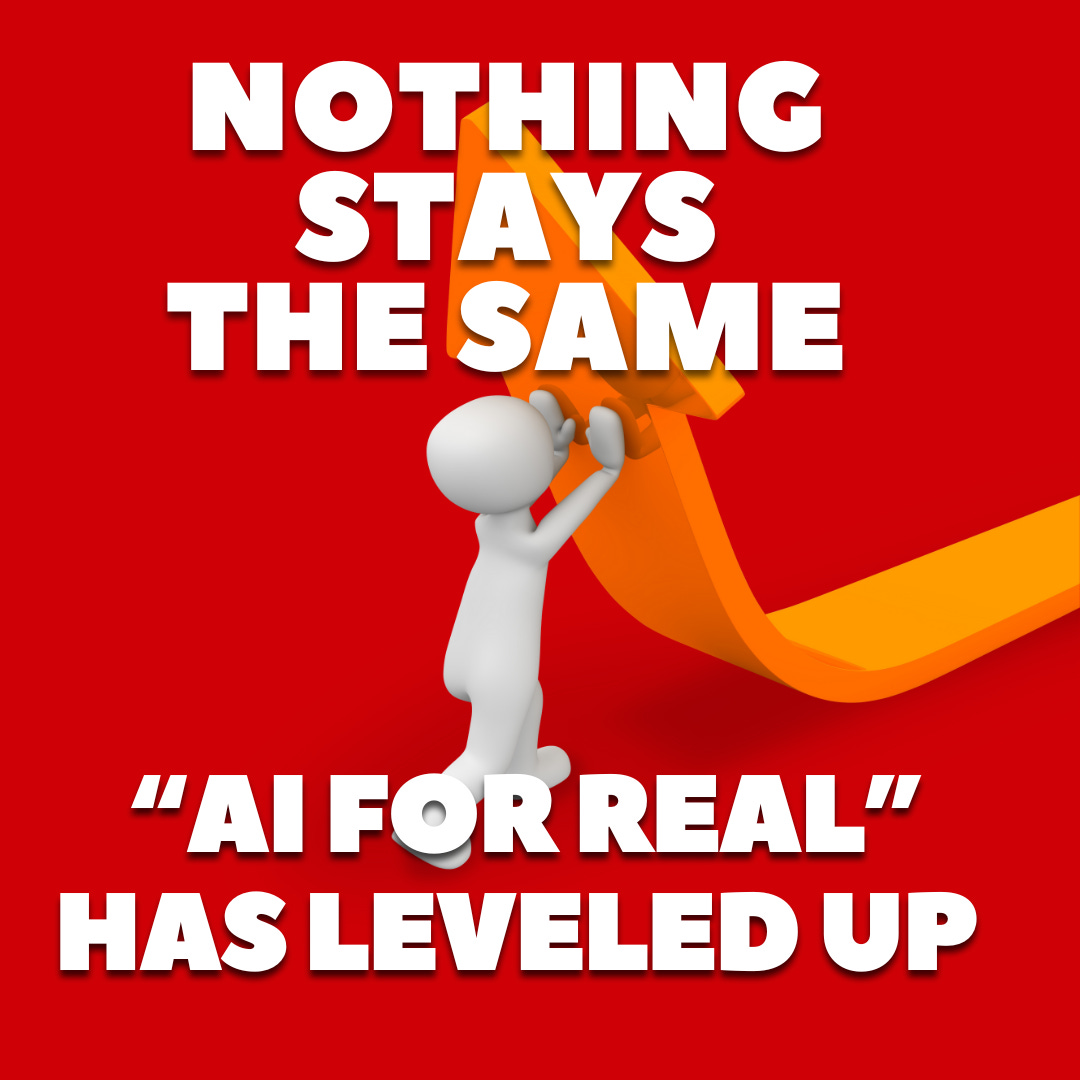What Is Microsoft's "VeriTrail" And Why Should You Care?
This new research tool claims to empower users with transparency, helping content consumers trust AI-generated information.
“VeriTrail”, a new, novel framework developed by Microsoft Research to detect hallucinations and trace provenance in multi-step language model (LM) workflows, was revealed to the world on August 5, 2025.
Compared to existing LLM hallucination detection methods that compare final outputs directly to source texts, VeriTrail introduces what’s called “a traceability mechanism” that identifies both the origin of supported claims and the point of error for unsupported ones on all LLM outputs. This is crucial for complex AI workflows involving multiple generative steps, such as summarization and question-answering, according to a blog post by Microsoft.
I did a bit of digging around and here’s my explanation about VeriTrail in simple language, minus all the tech mumbo jumbo.
Most of us who have used AI models know this by now - language models often generate outputs that are not grounded in the source material; a phenomenon known as “closed-domain hallucination”. But present-day detection methods suffer from a “flaw’ - they assume the LM was involved in a single-step generation process. The truth is otherwise, as these models use multi-step workflows.
So imagine you ask an AI to summarize a long article or answer a question based on a bunch of documents. Sometimes, the AI might make stuff up, and this is called a “hallucination.” It’s like when someone confidently tells you a fact that turns out to be totally wrong.
Many AI systems don’t just give you an answer in one go. They go through several steps, such as reading, summarizing, organizing, and then answering. Something to what we humans do. If something goes wrong in this process, it’s hard to tell where the mistake happened. This is where VeriTrail comes in.
VeriTrail is like a detective for AI🕵️♂️ . It:
Tracks where each piece of information came from, which means every stage of the process.
Spots when the AI makes something up.
Shows you exactly which step introduced the mistake.
So instead of just saying “this answer is wrong,” VeriTrail tells you why it’s wrong and where it went off track. That builds trust and helps fix the problem.
Provenance (Tracing the Source)
When a “claim” to ascertain the correctness of the output is marked as “Fully Supported” or “Inconclusive”, VeriTrail shows the path from the original source material to the final output. This helps users see how the LM arrived at its answer.
Error Localization (Finding Mistakes)
If a claim is “Not Fully Supported”, VeriTrail pinpoints where the error likely happened in the entire process of creating the output.
Sign up for one of the fastest-growing online communities on artificial intelligence - AI For Real. Click here.
For Content Creators: How VeriTrail Will Help Create Smarter, Safer AI Content
If you’re using AI to help write blogs, scripts, articles, summaries, or answer questions, you’ve probably worried about whether the AI is being accurate. VeriTrail can be your behind-the-scenes fact-checker.
Here’s how it helps:
Verifies Claims: It checks each statement the AI makes to see if it’s backed by the original source.
Traces the Path: It shows how the AI got from the source material to the final output, like a breadcrumb trail.
Flags Errors: If something’s made up, it tells you exactly which step introduced the error.
Saves Time: Instead of reading everything, you get a short list of key sentences that support or contradict the claim.
Why It Matters for Content Creators
You stay in control of your content’s accuracy.
You reduce the risk of publishing false info.
You build trust with your audience by showing transparency.
Think of VeriTrail as your AI editor. One that doesn’t just say “this is wrong,” but shows you how and why it went wrong.
Why It Matters for Content Consumers
For content consumers, whether you're reading a blog, watching a video, or listening to a podcast, VeriTrail will help ensure that the information you're getting is trustworthy. It works behind the scenes to check whether the AI-generated content is actually based on real source material or if something was made up along the way.
So when a creator uses AI to summarize a book, explain a news story, or answer a question, VeriTrail can trace every claim back to its origin and confirm whether it's accurate. That means you can feel more confident that what you're reading or hearing isn't just convincing, it’s correct.
For now, this kind of transparency, perhaps, is rare in AI-generated content, and it gives you, the consumer, a clearer view of how information is built. In a world full of misinformation and fast content, tools like VeriTrail can help separate fact from fiction, without you needing to be a tech expert.
Here’s a video explainer if you are so inclined.




